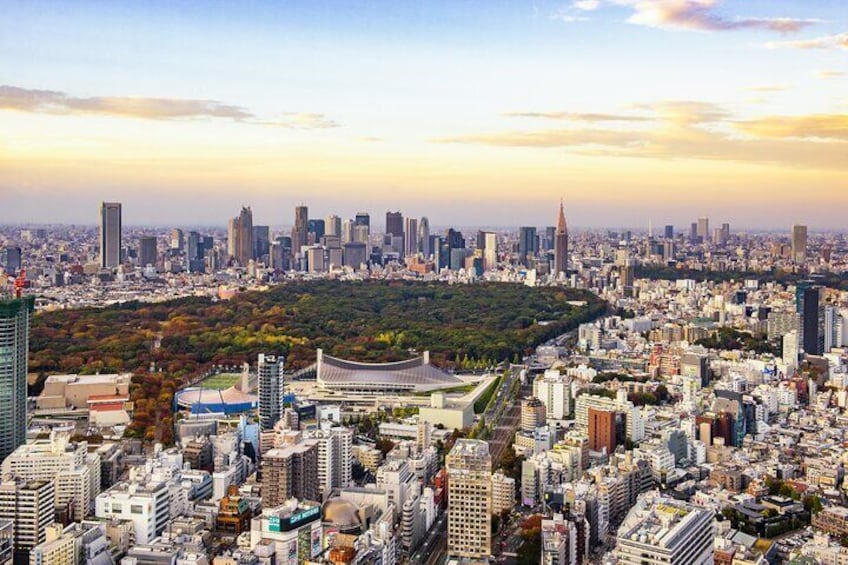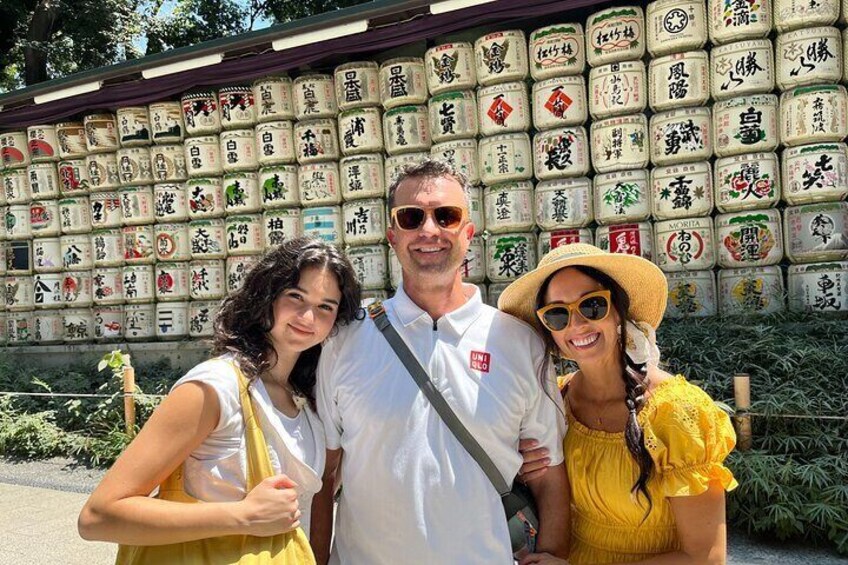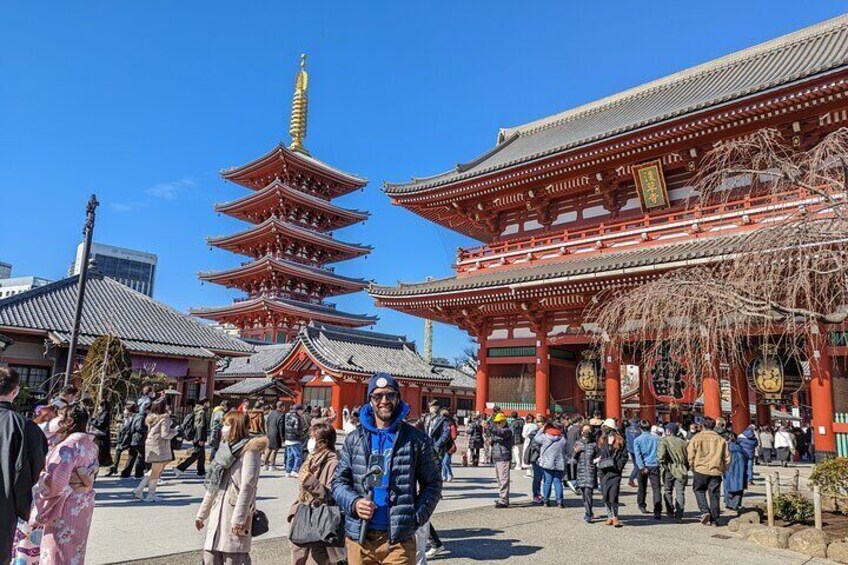Members save 10% or more on over 100,000 hotels worldwide when you’re signed in





Tokyo Stopover Tour with Licensed Guide & Vehicle: NRT Airport Dep
Features
- Free cancellation available
- 8h
- Mobile voucher
- Instant confirmation
- Multiple languages
Overview
This is the ideal tour for travellers that have a stopover in Narita airport!
Due to the enormous size of Tokyo, one-day tour would focus on one area, and be able to cover about 3 to 4 sights. Tokyo is where you can experience both modern and traditional, and your experienced private English-speaking guide will help you efficiently enjoy a full day in this dynamic Japanese capital. Let us know what you would like to experience, and we will customise a tour that is best for you!
Note1: Please discuss with your guide which sites you would like to see on the tour.
Note2: The National Government Licensed Guide Interpreter certification is issued by the Japanese government requires knowledge and understanding of Japanese culture and history
Activity location
- Narita International Airport
- 1-1 Furugome
- 282-0004, Narita, Chiba, Japan
Meeting/Redemption Point
- Narita International Airport
- 1-1 Furugome
- 282-0004, Narita, Chiba, Japan
Check availability
Van (UP to 7 PAX)
- 8h
- English
Van (UP to 7 PAX)
Mini van (UP to 4 PAX)
- 8h
- English
Mini van (UP to 4 PAX)
What's included, what's not
- Private vehicle
- Customisable Tour of your choice of 3-4 sites from 'What to expect' list'
- Pick up from Narita airport
- Licensed Local English Speaking Guide
- You cannot combine tour groups
- Entrance fees, Lunch, and Other personal expenses
- Guide Entry fees are only covered for sights listed under What to Expect.
Know before you book
- Specialised infant seats are available
- Service animals allowed
- Infants and small children can ride in a pram or stroller
- Transport options are wheelchair accessible
- Wheelchair accessible
- Suitable for all physical fitness levels
- There are only a limited number of car seats and booster seats. Rear-facing car seats are not available. You must contact us directly if you need them.
- If you are travelling with several large bags, you may need to book a larger vehicle.
- In accordance with EU regulations about consumer rights, activities services are not subject to the right of withdrawal. Supplier cancellation policy will apply.
Activity itinerary
Narita International Airport
- 1h 30m
Imperial Palace
- 30m
Asakusa
- 1h
Shibuya Crossing
- 5m
Tsukiji Fish Market
- 30m
Meiji Jingu Shrine
- 5m
Shinjuku Gyoen National Garden
- 5m
- Admission ticket not included
Koishikawa Korakuen Garden
- 5m
- Admission ticket not included
Hama Rikyu Gardens
- 5m
- Admission ticket not included
Tokyo National Museum
- 5m
- Admission ticket not included
Akihabara
- 5m
Rikugien Garden
- 15m
- Admission ticket not included
Yoyogi Park
- 15m
Takeshita Street
- 30m
Roppongi Hills, Shop & Restaurant
- 5m
Senso-ji Temple
- 5m
Shibamata
- 5m
Nezu
- 5m
Shinjuku Golden Gai
- 5m
Odaiba District
- 5m
Narita International Airport
- 1h 30m
Location
Activity location
- Narita International Airport
- 1-1 Furugome
- 282-0004, Narita, Chiba, Japan
Meeting/Redemption Point
- Narita International Airport
- 1-1 Furugome
- 282-0004, Narita, Chiba, Japan